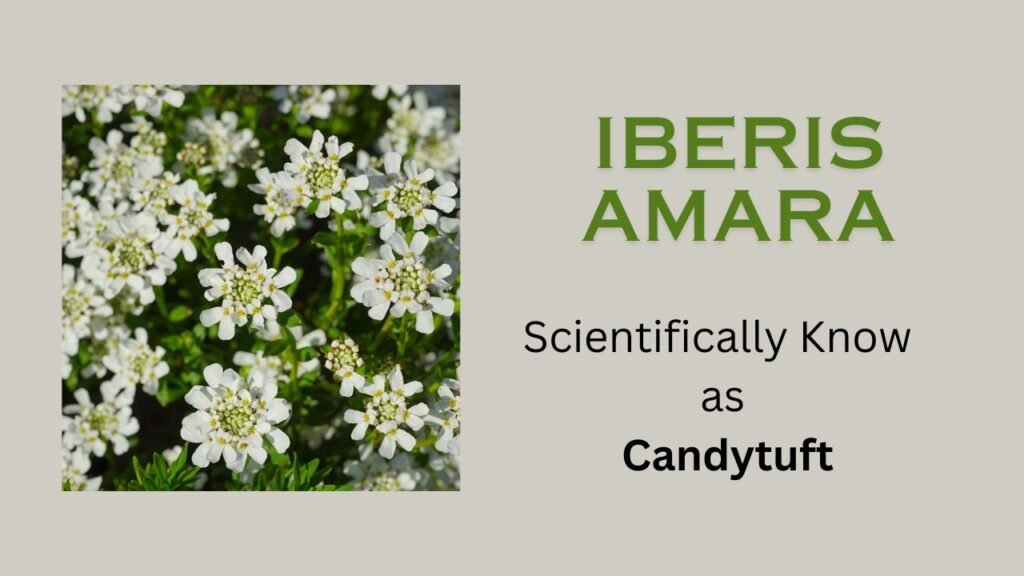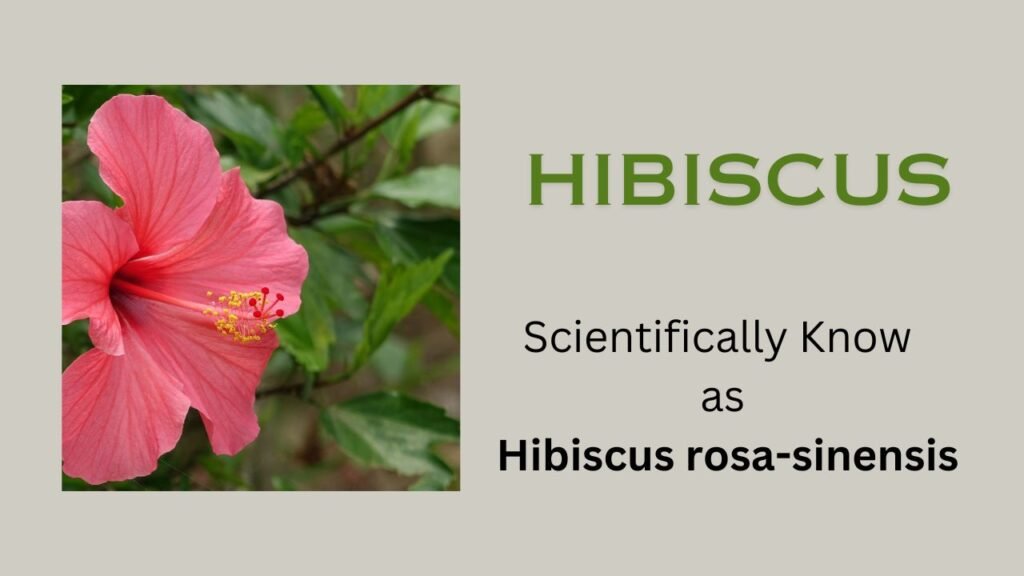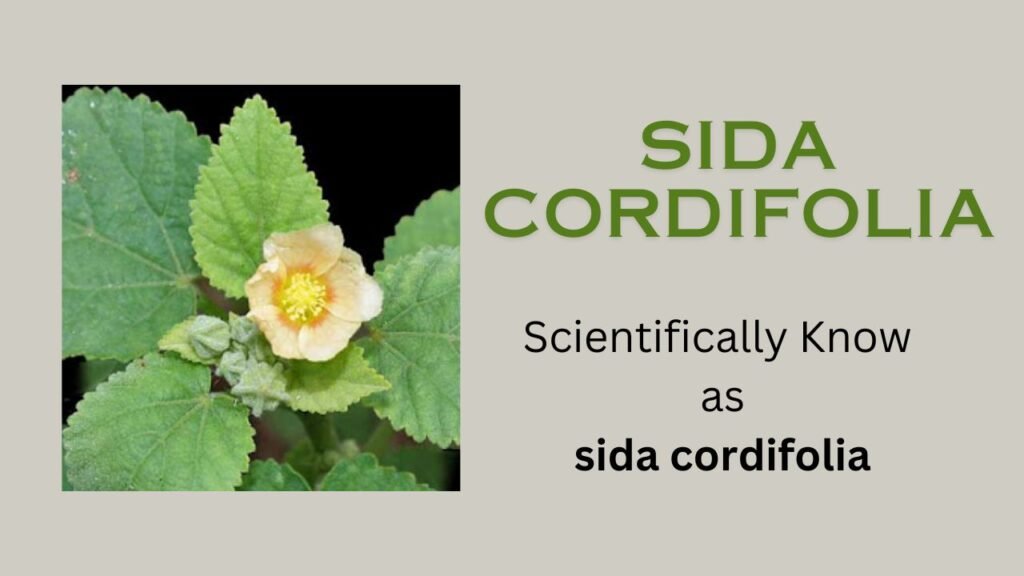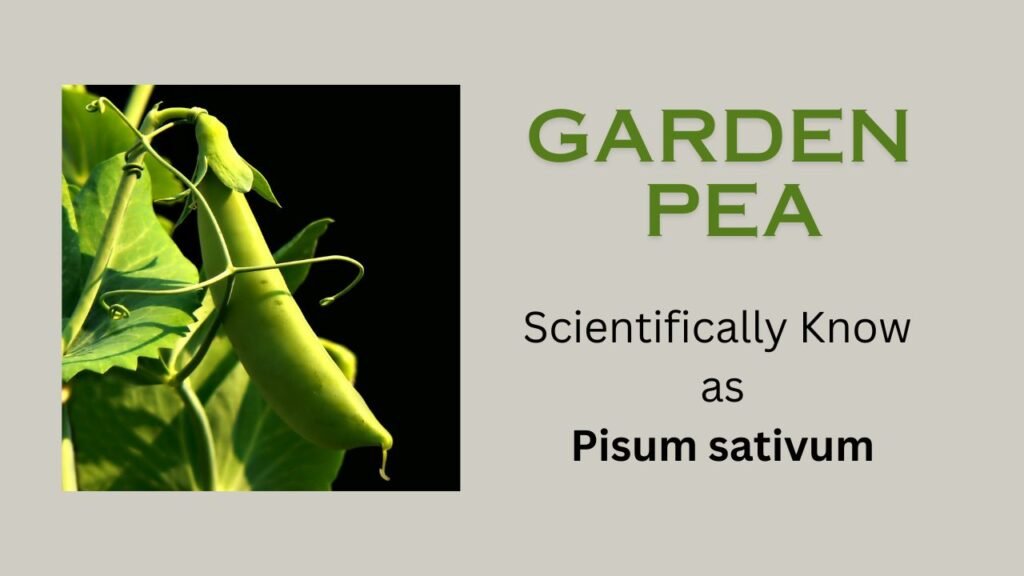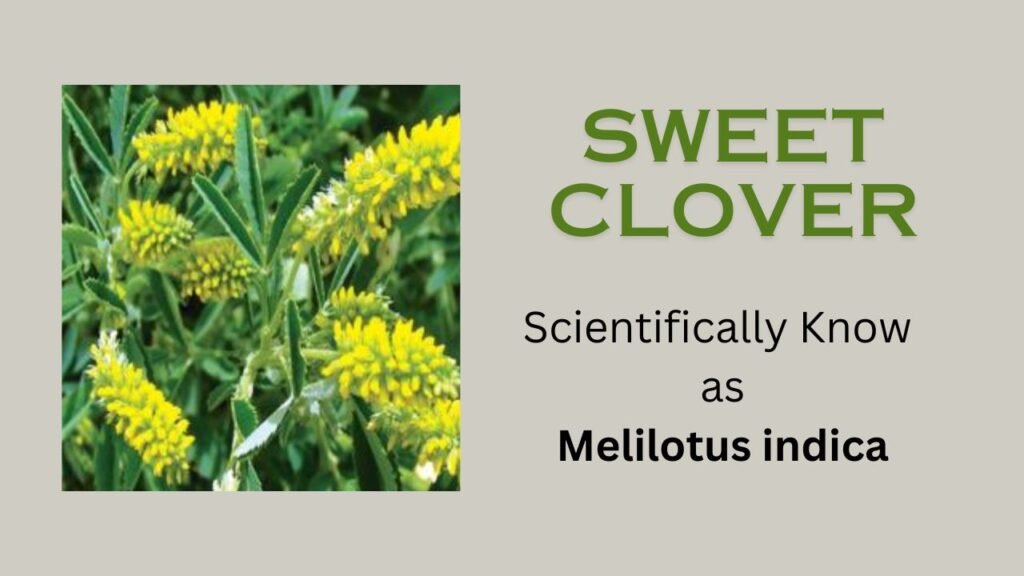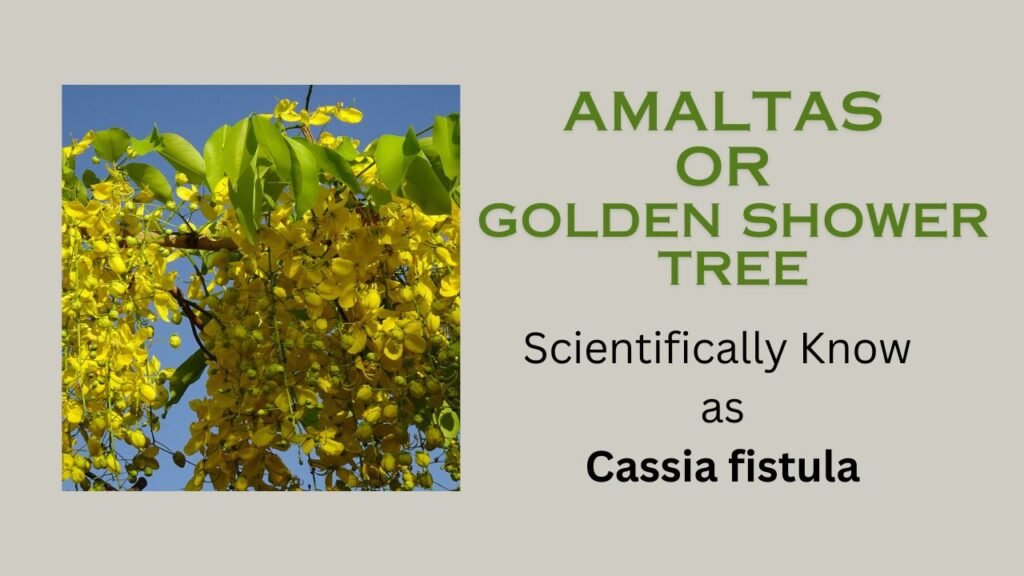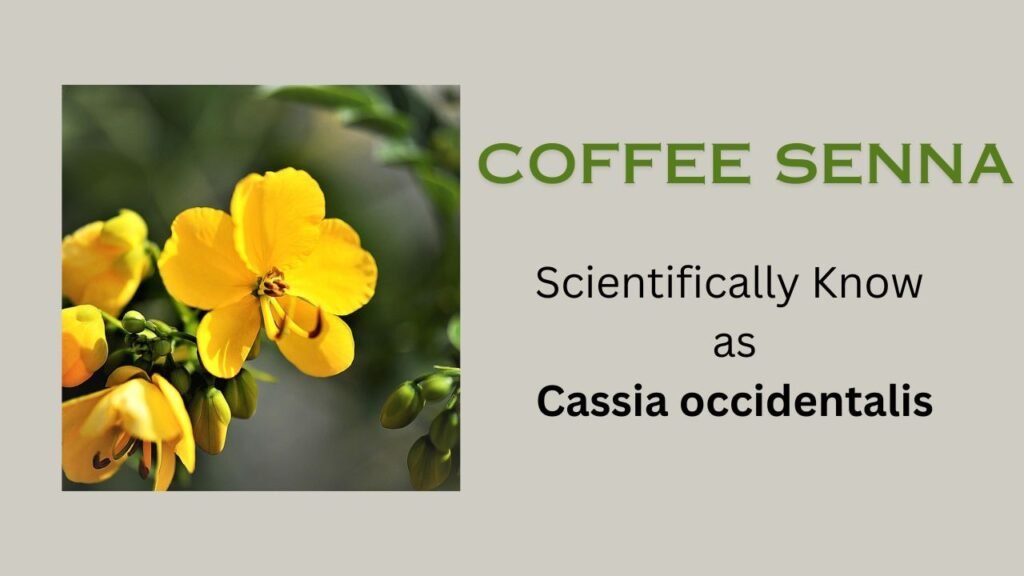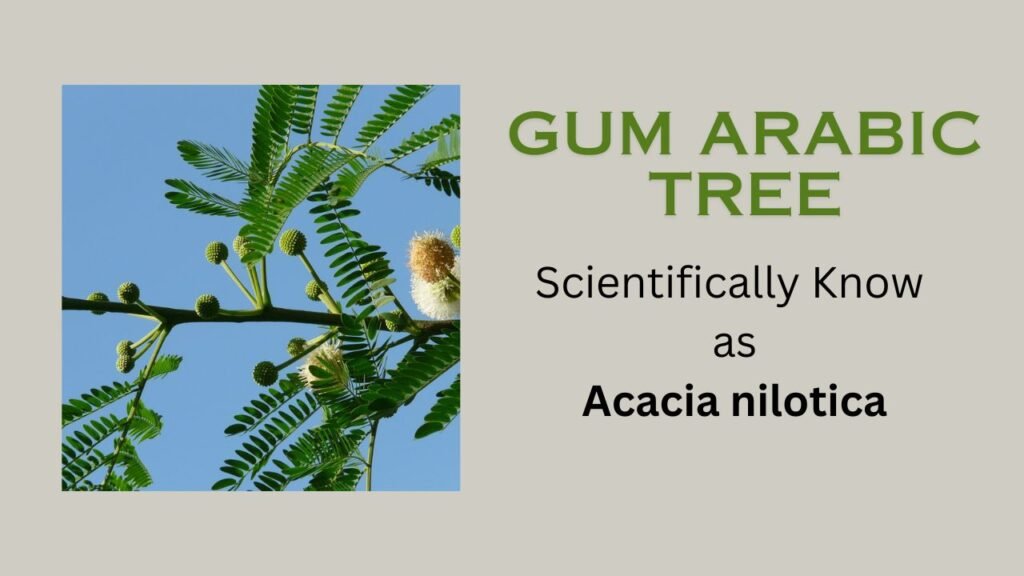Yellow mustard (Brassica campestris) is a member of the cruciferous family. Edible oil is extracted from it and the remaining oilcake is used as animal feed. Apart from this, black mustard (B. nigra), white mustard (B. alba), and rye (B. juncea) are used in spices.
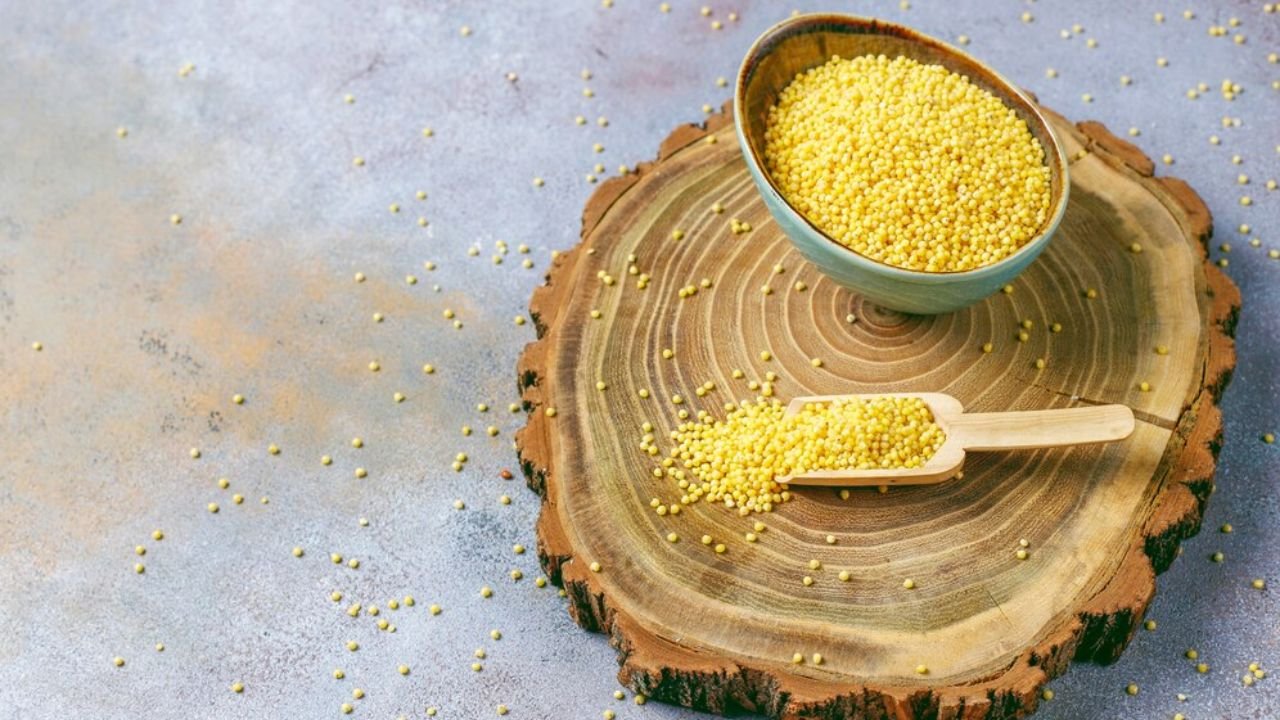
Scientific Name: Brassica campestris
Some Basic Information about Brassica campestris
Habit– Annual herb
Root– Tap root
Stem– Herbaceous, erect, branched, cylindrical, solid.
Leaf– Simple, sessile, upper young leaves entire but lower old leaves are pinnatifid, exstipulate, reticulate venation.
Inflorescence– Racemose, typical raceme.
Flower– Ebracteate, pedicellate, hermaphrodite, complete, actinomorphic, hypogynous.
Calyx– Sepals 4, polysepalous, arranged in two alternate whorls of two sepals each, imbricate aestivation, deciduous petaloid.
Corolla– Petals 4, polypetalous, cruciform, arranged in one whorl alternating with sepals. Each petal is differentiated into a lower narrower part called a claw and an upper broader part protruding out called a limb. Such petals are called clawed petals, and valvate aestivation.
Androecium– Stamens 6, polyandrous, tetradynamous, (filaments of two outer stamens smaller and lateral, inner four stamens larger and anterioposterior), anthers dithecous, basifixed and introrse.
Gynoecium– Bicarpellary, syncarpous, superior ovary, unilocular but becomes bilocular due to false septum called replum, one or more ovules in each locule, parietal placentation, style short and stigma bifid.
Fruit– Siliqua
Floral formula– Ebr⊕ ⚥ K2+2 Cx4 A2+4 G(2)
Systematic position–
Division – Phanerogamia
Subdivision – Angiospermae
Class – Dicotyledonae
Subclass – Polypetalae
Series – Thalamiflorae
Order – Parietales
Family – Cruciferae

